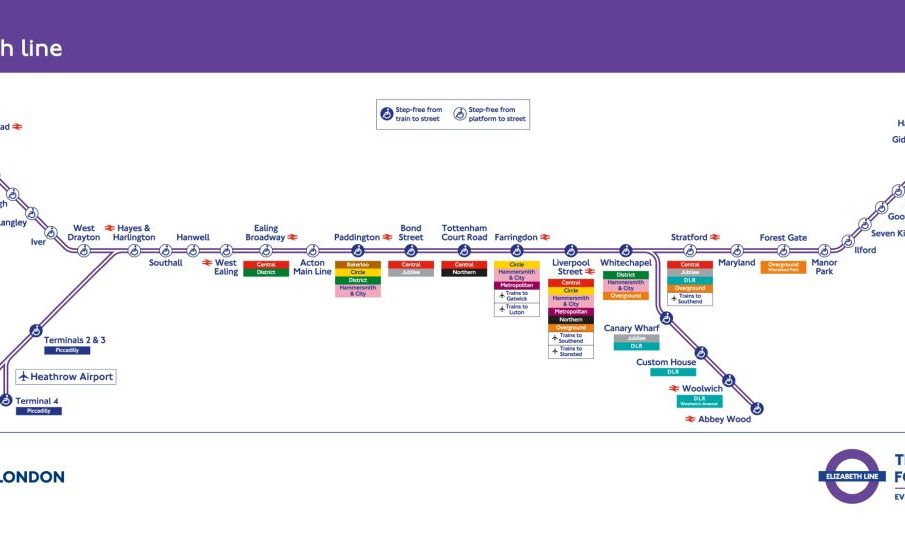The Impact of the Elizabeth Line on London’s Transport Network

Introduction
The Elizabeth Line, also known as Crossrail, represents one of the most significant infrastructure projects in London’s history. Officially opened in May 2022, this new railway line links central London with the surrounding regions, facilitating faster and more efficient travel for millions of commuters. The importance of the Elizabeth Line lies not only in its ability to enhance connectivity, but also in its potential to ease congestion on existing transport networks, making it a critical component of London’s long-term transport strategy.
Details of the Project
Stretching over 60 miles from Reading and Heathrow in the west to Shenfield and Abbey Wood in the east, the Elizabeth Line has greatly transformed commuting patterns in the capital. With 41 stations, including new stops like Paddington, Liverpool Street, and Woolwich, the line significantly reduces travel times for passengers. For instance, the journey from Paddington to Heathrow, which previously took 30 minutes, now only takes approximately 20 minutes.
The Elizabeth Line not only serves to connect key transport hubs but also aims to support London’s economic recovery following the pandemic. The construction of this ambitious project involved approximately £18.9 billion and is expected to generate thousands of jobs and stimulate economic growth in the areas it connects. Importantly, the line also prioritises passenger experience, featuring modern trains equipped with air conditioning, spacious interiors, and accessible facilities.
Events and Updates
Since its launch, the Elizabeth Line has seen encouraging ridership numbers, with reports indicating that it carried nearly 12 million passengers in the first few months alone. This demand demonstrates the integral role the line plays in London’s transport ecosystem and highlights its ability to meet the needs of a growing population. Transport for London (TfL) is optimising the service frequency, aiming for trains to run every five minutes during peak times, which will maximise capacity and convenience for users.
Conclusion
In conclusion, the Elizabeth Line is set to have a lasting impact on London’s transport landscape. As the city continues to grow, the line is poised to alleviate pressure on the existing public transport infrastructure and provide a reliable option for commuters. With ongoing improvements and new routes on the horizon, the Elizabeth Line will play a pivotal role in shaping the future of urban travel in London. As the effects of this transformative project unfold, it is anticipated that the Elizabeth Line will significantly contribute to London’s status as a world-class city.









